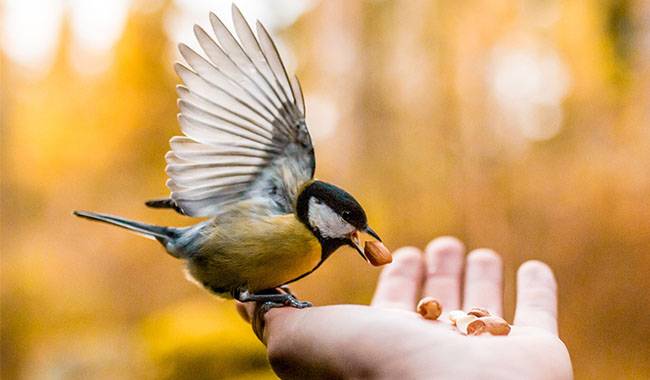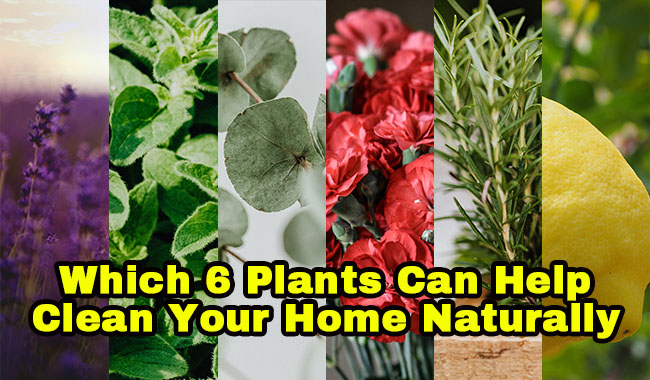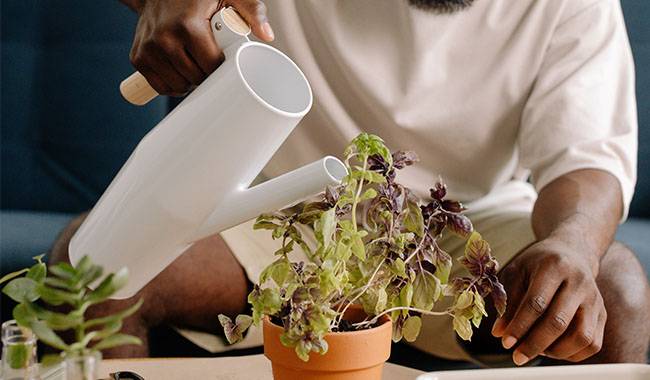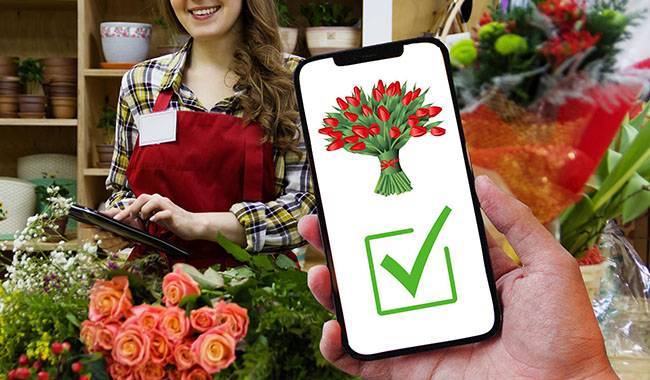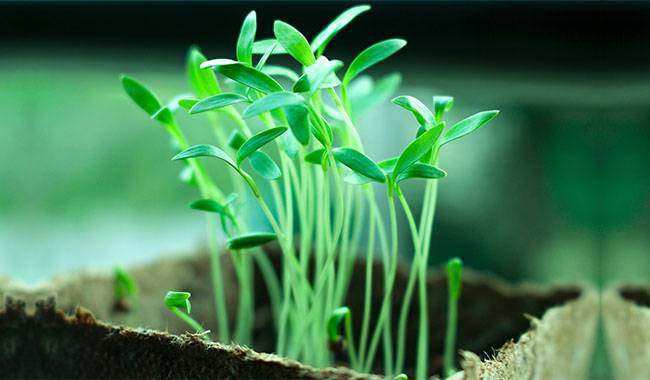
Planting seedlings is a pleasant but not easy job. For various reasons, seedlings can pull out, turn yellow or develop diseases. And each stage of growth needs to meet its own specific conditions.
The following considers the main problems faced by gardeners when using the seedling method and protecting seedlings for growing plants, as well as methods and tools to help prevent or eliminate these problems.
THE MAIN PROBLEMS WITH SEEDLINGS
The most common difficulties that await gardeners when planting protecting seedlings are the following.
- low germination rate.
- Pulling seedlings to grow.
- drying out.
- Falling over.
- yellowing.
- Burning.
- slow growth or stunting.
- appearance of pests and diseases.
WHAT TO PAY ATTENTION TO WHEN PLANTING SEEDLINGS
The above problems are closely related to the agronomic techniques used to grow protecting seedlings. Whether growing vegetable crops, flowers, or berries from seeds, there are some general rules and requirements on which the quality of nursery material depends.
These rules can only be adjusted to the specific plant species and varieties.
Sowing time
When sowing seeds, always check the recommended sowing date on the package. Plants planted too early will be stretched, weakened, and more susceptible to pests and diseases. Of course, you can’t plant too late, either, because you can’t even count on a harvest.
Preparing the soil
Properly prepared soil provides almost half the success. You can buy ready-made soil or you can make your own. You should pay attention to pH, moisture permeability, air permeability, nutrient properties, and other nuances.
In any case, the soil should be sterilized before sowing and should also be well moistened 2-3 days before sowing. The temperature of the prepared soil should not be lower than 18°C.
Seed treatment
Before sowing, the seeds are treated with a special disinfectant and Germinator. What does this procedure give us?
- disease-causing organisms are killed.
- The enzyme system inside the seed is activated, so the germination of the seed gets a powerful energy boost.
- Seeds germinate earlier and more friendly.
- The pathogens are more resistant to external influences.
- Stronger root system and stronger above-ground parts compared to untreated seeds.
Sowing
Poor quality protecting seedlings can be caused by bad soil (contaminated or too heavy to germinate), standing water in the seedling box, or lack of nutrients. The depth of embedding is very important.
Some plants need only 0.2inch (0.5 cm) of soil to cover the seeds, others need 0.4-0.8inch (1-2 cm) of soil, and some plants do not need to be covered with soil at all and are sown in a shallow layer.
Attention should be paid to the sowing density: the thicker the seedling, the more likely it is to be strained and lacerated. If it happens that the plants have sprouted very densely, the weakest plants need to be thinned out. The rest will get more light, air, and nutrients, and thus be healthier and stronger.
Light
The ideal light time for protecting seedlings is 12 hours. If the seeds are sown early (February or March), more light is needed in the morning and evening, otherwise, they may elongate or turn yellow.
Also, direct sunlight is very active in mid-spring and protecting seedlings can get burned during the day. To prevent stress, you can cover them with plain paper at such times, or spray them with stress inhibitors.
Temperature
Most crops should have an air temperature of at least 73-77°F (23-25˚C) during germination. When seedlings emerge, plants should generally be moved to a cooler location-about 64°F (18˚C) and no higher.
If the above-ground parts are in a warm environment and the roots of the protecting seedlings are in cold soil, there is an increased risk of cold temperatures, root rot, and black legs.
Air humidity and watering
Dry air severely affects the growth and quality of seedlings. Prevention methods include regular spraying of seedlings with water (to solve the problem of dry air) and anti-stress medication (as an aid). The procedure is carried out in the morning or at night so that plants are not scalded by dripping water.
The same goes for watering: constantly wetting the soil can lead to black feet, rotten roots, and dead protecting seedlings, especially in the early stages of germination. You can use a syringe or rubber ball to water the soil.
Fertilization
Lack of nutrients can manifest itself in the yellowing of protecting seedlings, stunted growth, and even death. Without waiting for the appearance of macro and micronutrient deficiencies, fertilize 2-3 times throughout the seedling period.
The first – at the stage of 2-4 true leaves, the third – a week before planting in the ground, the second – in between them.
Picking
Not all plants need to be picked. However, it is strong pressure for those who need to do the procedure.
After picking, the plant stops growing, sometimes for quite a long time (for example, eggplant can “freeze” for a month).
You can remove the stress by using growth regulators to restore the plant’s physiological functions as soon as possible and bring it back to “life” quickly.
Diseases and pests
Seedlings are particularly weakened and vulnerable to diseases and pests (spider mites, aphids). Among the latter, the most common are: various root rot diseases, fusarium, and blackleg disease.
In addition to daily inspection of the protecting seedlings, the temperature and humidity of the soil should be monitored, and the immunity of the plants should be increased by special means. Decontamination of seeds and soil before planting is important for prevention.
Planting in the soil
Seedlings need to be hardened 10-14 days before they go into the soil. In addition to picking outdoors, it is advisable to increase the resistance of seedlings for future transplanting. Different plants react differently to “moving” to a new place.
Some “wake up” quickly, some barely notice the change and continue to grow well, and some are sick for a long time. Prepare your seeds for planting by spraying or watering with a special product.
HOW TO MAKE SEEDLINGS HEALTHY AND STRONG
Some people can say: “I don’t use anything to water so it grows”, “Why so many means, it’s chemistry”, etc.
But we also buy formula for our children, enriched with vitamins, vitamin-mineral complexes, for example, to prevent colds.
The same goes for plants, they need our support in the early stages of their growth and development, which will reward them later with a healthy and abundant harvest.




